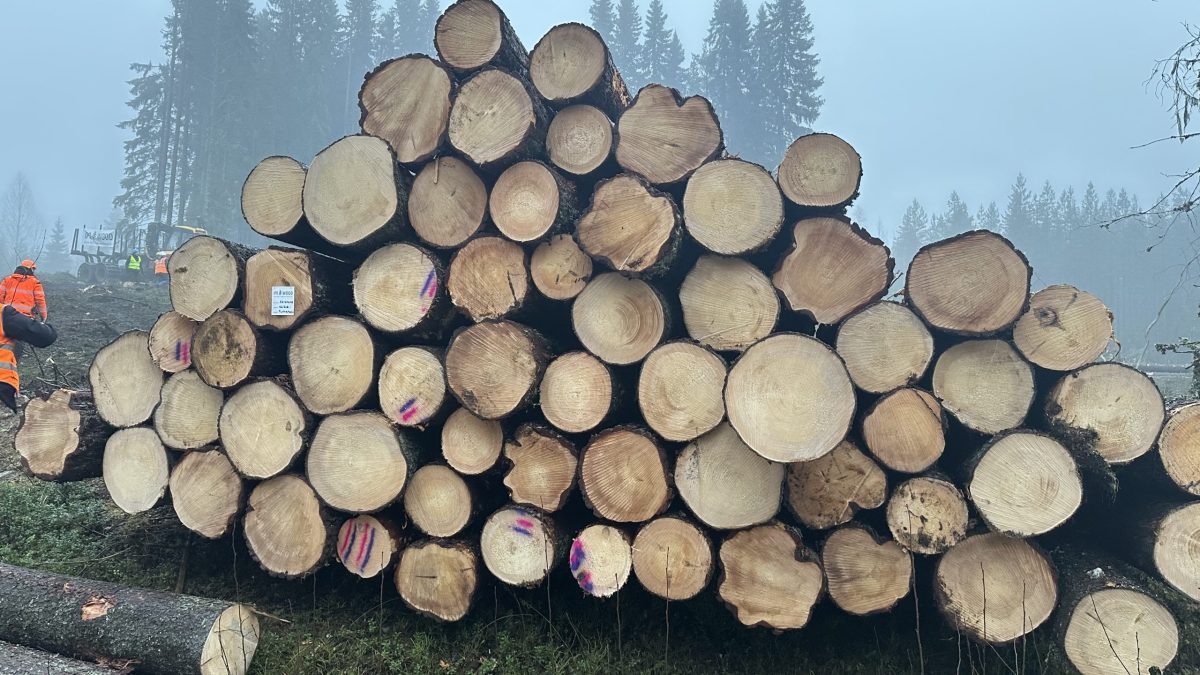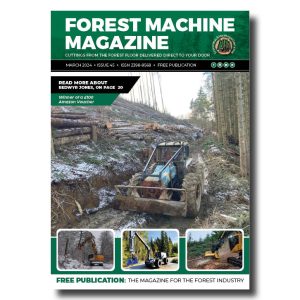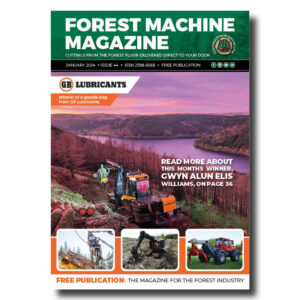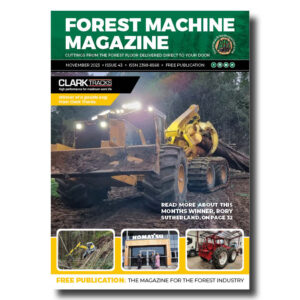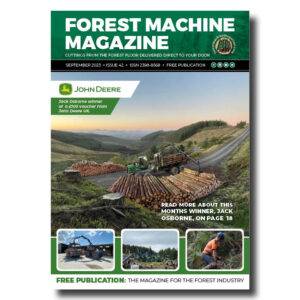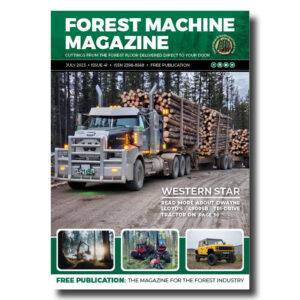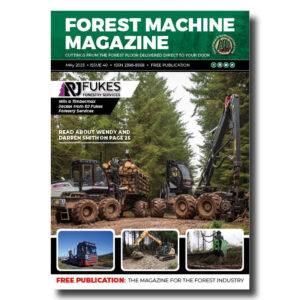A new study reveals the risk to Sitka spruce logs from the bark beetle, Ips typographus
Ips typographus, the eight-toothed spruce bark beetle, has devastated European Norway spruce in recent years. The beetle was recently found in Southeast England where it initiated localised breeding populations and is currently under eradication. In 2024, the first observation was made of the beetle colonising Sitka spruce in Great Britain. The discovery was on a few cut and fallen Sitka spruce stems in proximity to stressed and infested Norway spruce in very poor condition

-
That’s a remarkable amount of work hours for a single machine, the Norcar 600 owned by Erkki Rinne is taken well care of, it even has the original Diesel engine.
-
Kieran Anders is a forestry contractor working in the lake district. His work involves hand cutting and extracting timber using a skidder and tractor-trailer forwarder.
-
It is not possible to eliminate chain shot, but there are simple steps that can be taken to reduce the risk.
-
Arwel takes great pride in the fact that the mill has no waste whatsoever, “the peelings are used for children’s playgrounds, gardens and for farm animals in barns in the winter and the sawdust has multiple uses in gardens and farms as well.
-
Timber hauliers need to encourage young blood in, and also look after the hauliers we have, we need make the sector a safe and positive place to work.
FIND US ON
Related Posts
There are concerns however that Ips typographus will spread into western and northern parts of Great Britain, where Sitka Spruce is a critical component of plantation forestry.
A new study, led by Forest Research, has been published which looks at whether Ips typographus would select Sitka spruce, compared to Norway spruce, as a host for breeding, and for the first time, reviews the chemical ecology behind these choices.
Dr. Daegan Inward, Forest Research, said, “There has been lots of research about how Norway spruce and Ips typographus interact, but very little is known about the susceptibility of Sitka spruce to the beetle. Sitka is Great Britain’s most important forestry conifer species, yet we don’t have a clear picture of how readily the beetle will colonise and breed in it or understand how successfully Sitka spruce can defend itself against the kind of attacks that have killed so many Norway spruce trees in continental Europe. This research is an important step in building that knowledge.”
Working in the Forest Research quarantine containment facility in Surrey, a specialist chemical ecology lab at Rothamsted Research, and a spruce forest in the Ardennes region of Belgium, researchers found that Ips typographus is similarly attracted to Sitka spruce as it is to its primary host, Norway spruce. It will also readily select cut Sitka spruce logs as a resource for breeding and produce a similar number of offspring.
Dr. Inward continued, “While this study has advanced understanding of cut Sitka spruce as a suitable host for breeding, the logs used in our work have significantly reduced defences compared to living trees. Defensive capabilities of live, growing trees will be different and more responsive. Our current work is therefore investigating the susceptibility to attack of live Sitka spruce trees in European-grown forests. This will provide a much clearer picture of the potential impact and risks of Ips typographus to Sitka spruce and how this can be addressed through forest management practices.”

Read the study in full, ‘Investigating the threat to Sitka spruce from Ips typographus: discrimination and colonization of Britain’s principal commercial conifer by a damaging forest pest,’ published in Pest Management Science.
Woodland owners and managers should continue to check the health of spruce trees on their land, identifying stressed, fallen, and snapped trees and taking action to remove them and any surrounding susceptible material. More information can be found by watching the following video Ips typographus: beat the beetle.
Contact forestmachinemagazine@mail.com to get your products and services seen on the world’s largest professional forestry online news network.
#homeoflogging #writtenbyloggersforloggers #loggingallovertheworld
Written by loggers for loggers and dedicated solely to the equipment used in forestry operations.

